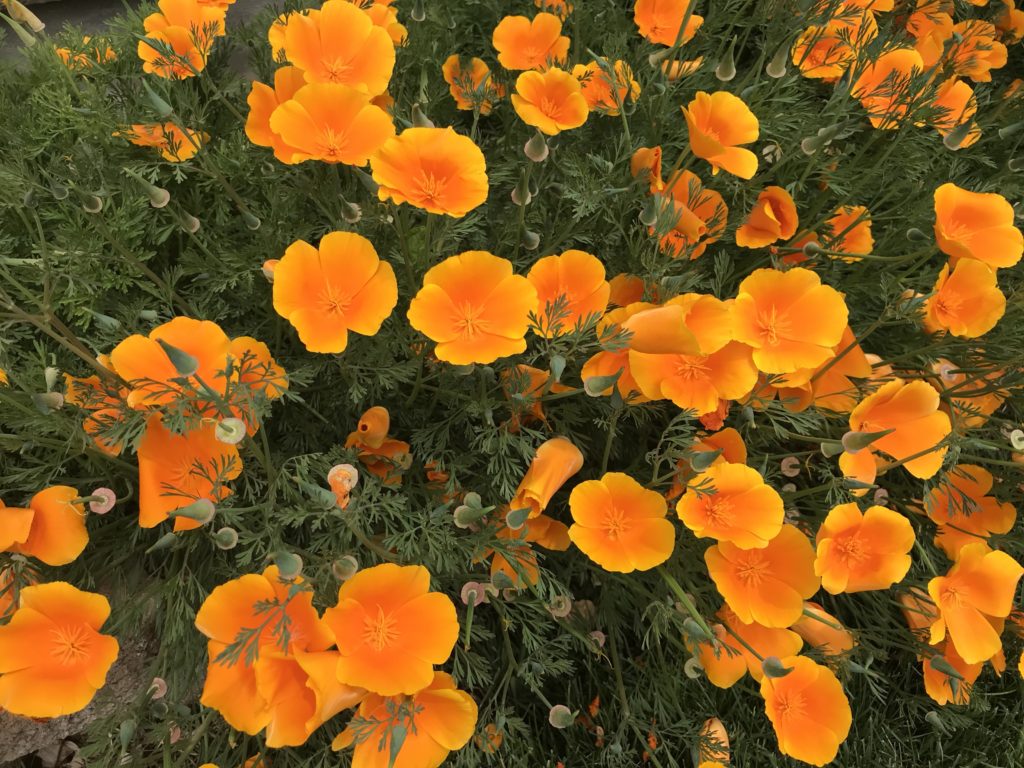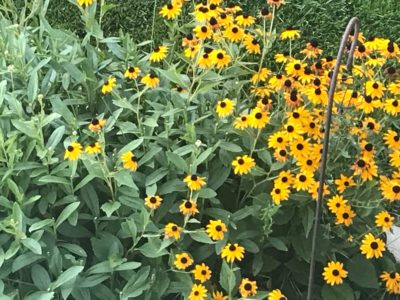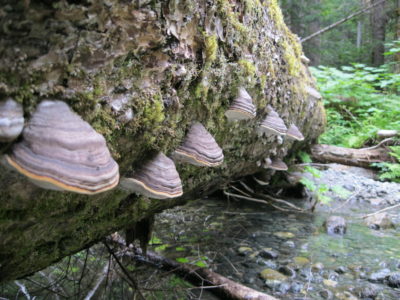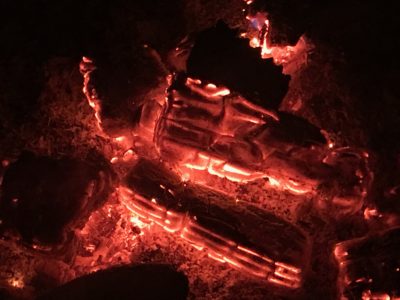
I love the way that California Poppies grow this time of year where I live. They are hearty. They open to the sun in the morning and curl to closure as the sun sets. They are bold in color. Yet so soft to the touch. California Poppies are themselves a story, of course.
A few years ago I was in a conversation with a new friend and colleague. It was an exploring conversation with some room to wander. It was the kind of conversation I like, when there is an inherent knowing and welcome of divergence. This was not a conversation to merely transmit a few convenient certainties.
My new friend and colleague offered some of his learning that helps to create practice, and operationalizes, “being in difference together.” He said that what works for him is a question — “Can you find yourself in the story of another?” It’s a question that has really stayed with me. I suppose, because “finding” ourselves in a story, or an experience, or a long journey, of another is really about developing some compassion, understanding, and empathy.
I have learned that there are two the key skills I rely on to be able to find myself in another’s story.
First, the ability to associate. To juxtapose. This is an underestimated super power in contemporary complex culture. Young toddler kids are naturals at associating in rather unbounded ways. Tell them about a cat and one sentence later they are sharing, “I have a cat…I’ve seen mice before…I was outside once…I like playgrounds too…There is a playground at my school…I like my teacher….” It’s fun to watch how quickly it moves, isn’t it. The kind of associating I’m talking about here, evolved, is an ability to find shared common ground in very different circumstance. If the toddler had it, the sentence might sound more like, “There are creatures that I love also. For me it isn’t a cat, but rather a goldfish.”
The second key thing about finding ourselves in another’s story is about recognizing and embracing a “partiality.” We humans, it turns out, our rather complex creatures ourselves. I would suggest that we are rather complex amalgams. Just as our genetic makeup is an amalgam of proteins, bacteria, water, fats, etc. Our emotional makeup is an amalgam of multiple states that include calm, peaceful, angry, hot mess, despairing, overjoyed, etc. We do well to recognize that each of us is all of that. I may not be a hot mess all of the time, but I can find the ways that I am some of the time. I may not have rage on the whole, but I can find the ways that I feel rage in minute moments or certain circumstance. Partiality points to aspects of the whole. And not reductive marketing pitches that reduce us to fragmented qualities.
Finding myself in the story of another doesn’t mean I’m just like them. It does mean I can however find similarity even in vastly different circumstance. Back to our toddler, “…yes, I’m not really a cat lover, but I remember there was this kitten when I was a young boy that I loved completely…”
So, let’s say that these two abilities, associating and noticing partiality are important. Now here’s a next layer. Can you find yourself in your own story?
What?
Yes, I would suggest that none of us fully know our own stories, be they what has occurred on the outer, or even more unknowingly, what has occurred on the inner. I would suggest that these two super powers for finding ourselves in another’s story apply to finding ourselves in our own story. The freedom too associate — to connect seemingly unconnected things into a larger whole, this is very complex work, yet starts from a very simple premise that “it is all connected.” Even, the very minute amounts. I’m not generally an angry person, but I can find anger in me.
You can feel the integrative intent in this, right.
If any of us, individually and in community were to further practice finding ourselves in another’s story, and finding ourselves further in our own stories, with honesty and vulnerability, phew, I can feel the way that such simple practices evolve who we are as a human community trying to add some harmony to the times we live in. And develop a beauty that people can’t not notice, like with California Poppies.






